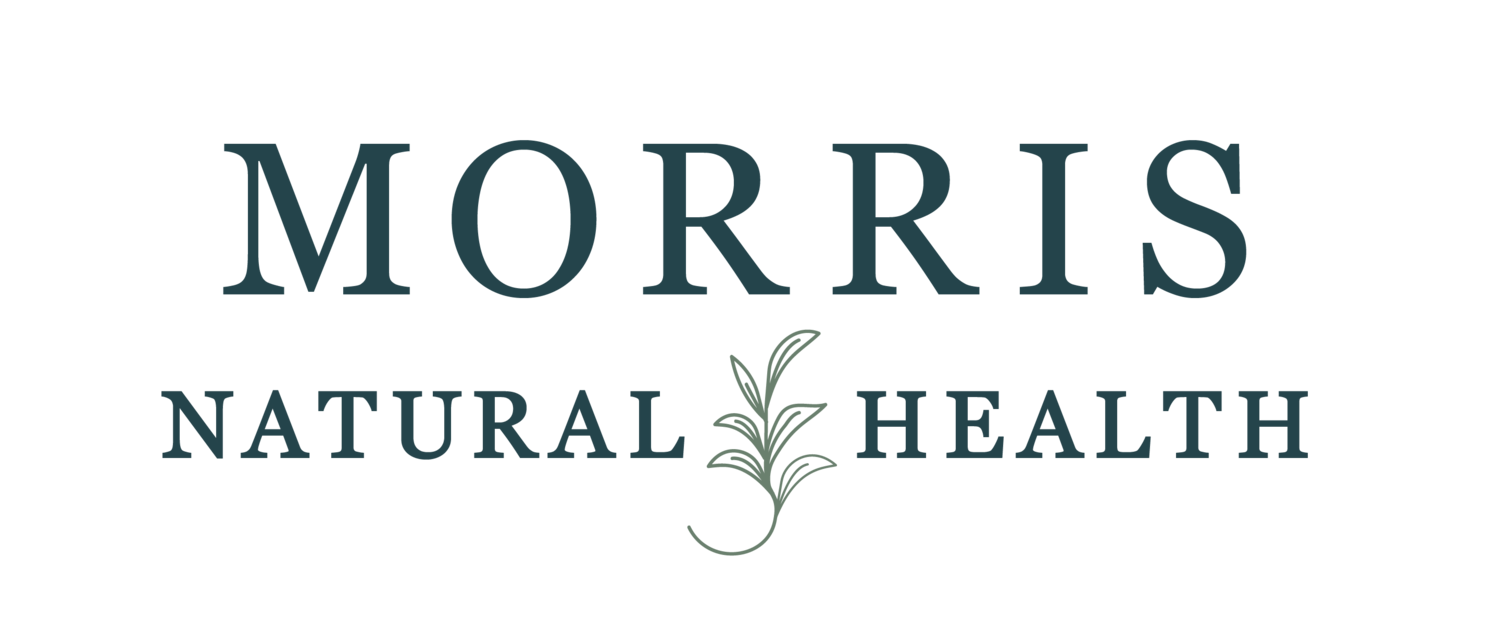Environmental toxins enter our food in more ways than we can list, but here we’ll discuss the difference between bioaccumulation and biomagnification. Understanding the two is key to understanding how you can make better choices to reduce your exposure to toxins and improve your health.
BIOACCUMULATION
Bioaccumulation is the accumulation of toxic chemicals in a living organism over time. Pollutants, pesticides and other toxic chemicals accumulate within an organism over time through food, water, and air. For example, it’s common for us to see a build up of mercury within fish and other aquatic animals. Mercury is released from rock and into the atmosphere via volcanic eruption and forest fires. Burning of oil, wood, and coal also deposits mercury into the atmosphere. Mercury then falls from the sky and collects into bodies of water, such as streams and the ocean. As mercury cycles between the air, land, and water it undergoes a series of conversions, but the most common form of organic mercury in the atmosphere is methylmercury, which is highly toxic. Fish absorb mercury (and many toxins) as they swim in the waters. Smaller fish, like sardines, have much less mercury in them than say sharks and swordfish simply because the size of the animal is smaller.
BIOMAGNIFICATION
Biomagnification on the other hand is the concentration of toxins in an organism as a result of eating other plants or animals in which the toxins are more widely disbursed. Most commonly the contaminants that accumulate are heavy metals. For example, a bear would have higher levels of mercury than shrimp. Starting at the bottom of the food chain, the shrimp are mildly contaminated. Salmon come along and eat many shrimp. The salmon now holds the mercury burden of all the shrimp it ate. Next, the bear comes along to eat the salmon. The bear will eat many salmon and take on the mercury burden from the hundreds of salmon it’s eaten (which hold the mercury burden of the hundreds of shrimp consumed). The higher up the food chain, the higher toxin levels will be.
Adding to biomagnification and bioaccumulation in our modern world are factories and farming releasing toxic substances into soil, lakes, oceans and the air. Agricultural fertilizers, pesticides, and fungicides, which are commonly used, are a big source of contamination. Not only does this affect species like fish, but humans too. These chemicals are causing diseases such as cancer, respiratory disorders, kidney problems and so much more. As you can see from the image above, choosing shrimp is a much better choice than bear.
Understanding both bioaccumulation and biomagnification allows you to make better food choices and reduce toxin exposure through food. Always opt for smaller fish, such as shrimp and sardines. As a rule of thumb, the lower on the food chain the better for your health!
Get a copy of my fish selection tips and tricks here!
Resources
https://byjus.com/biology/biomagnification/
https://www.ncbi.nlm.nih.gov/pmc/articles/PMC6546253/
https://www.epa.gov/mercury/basic-information-about-mercury/


